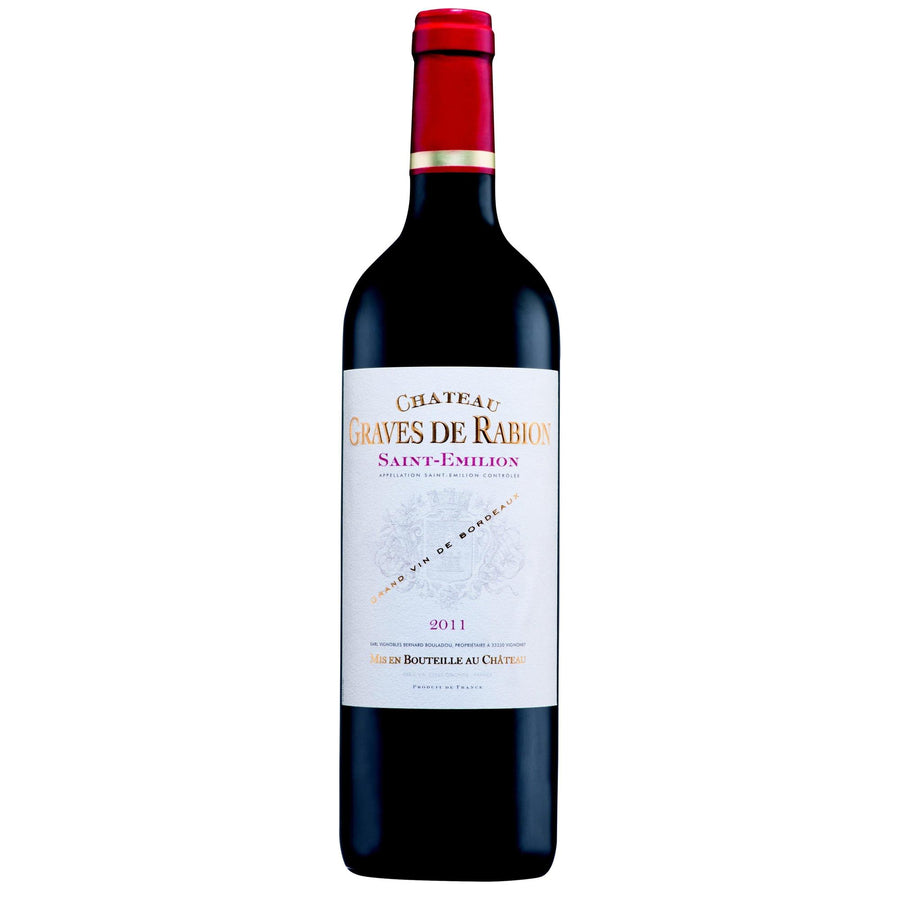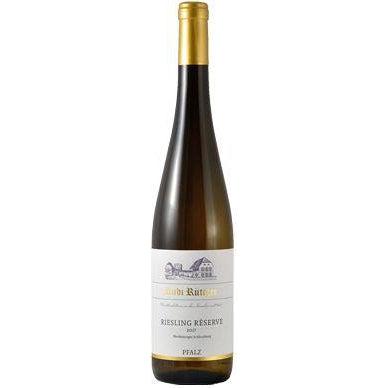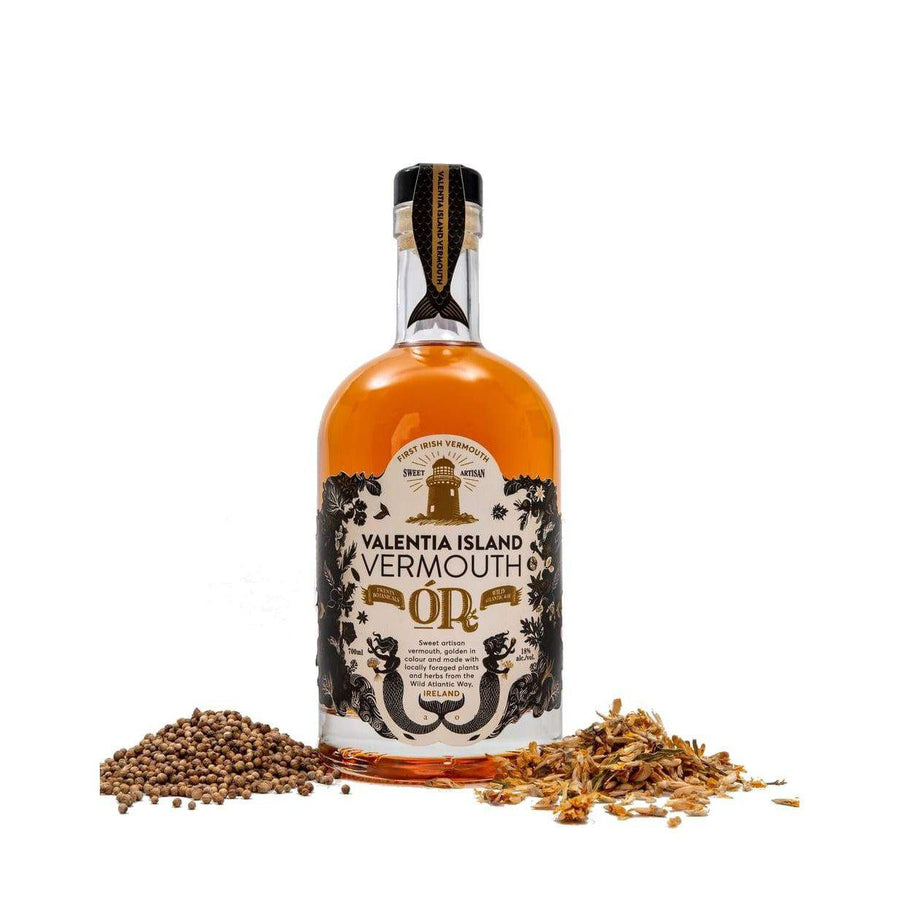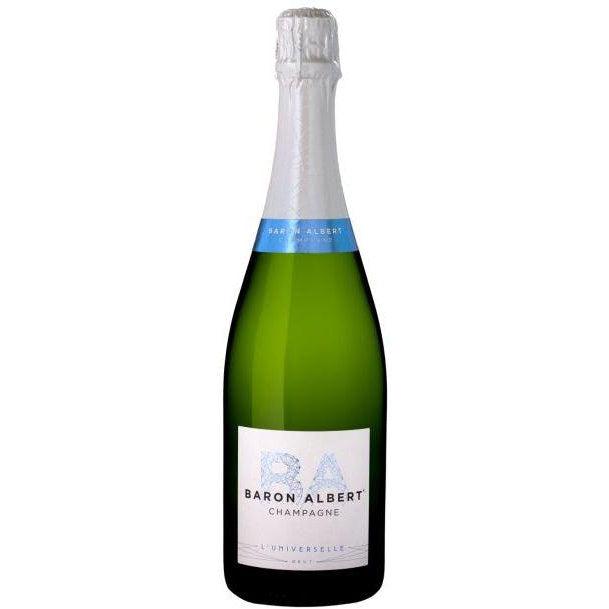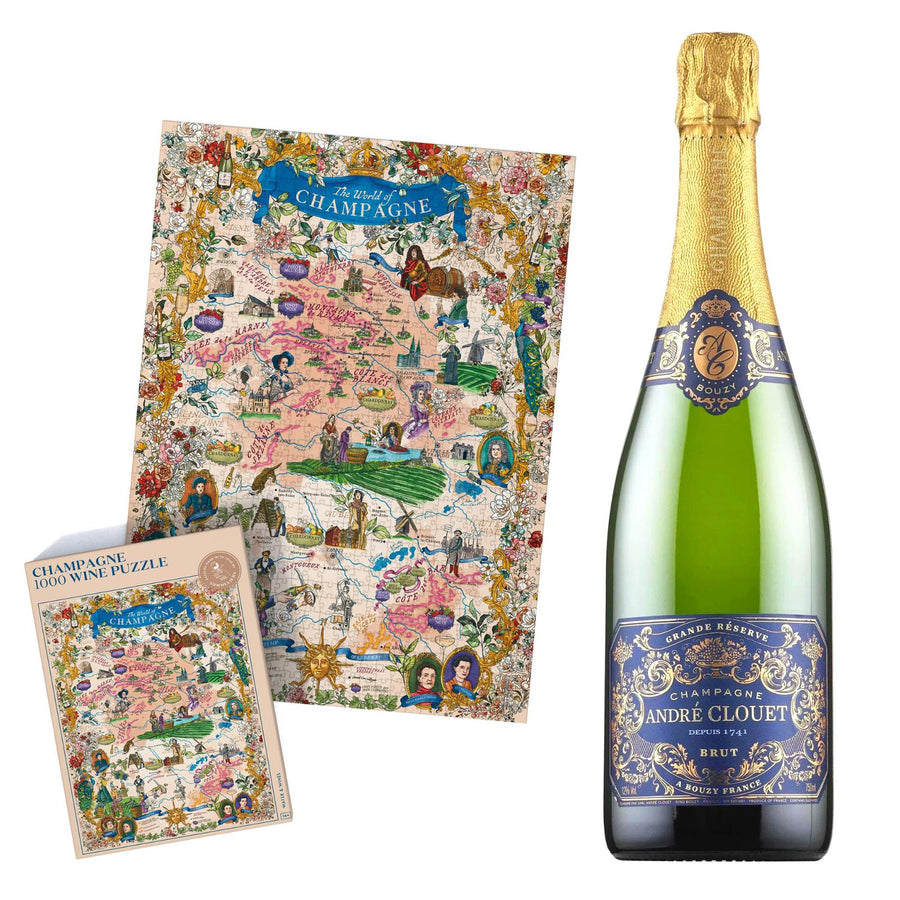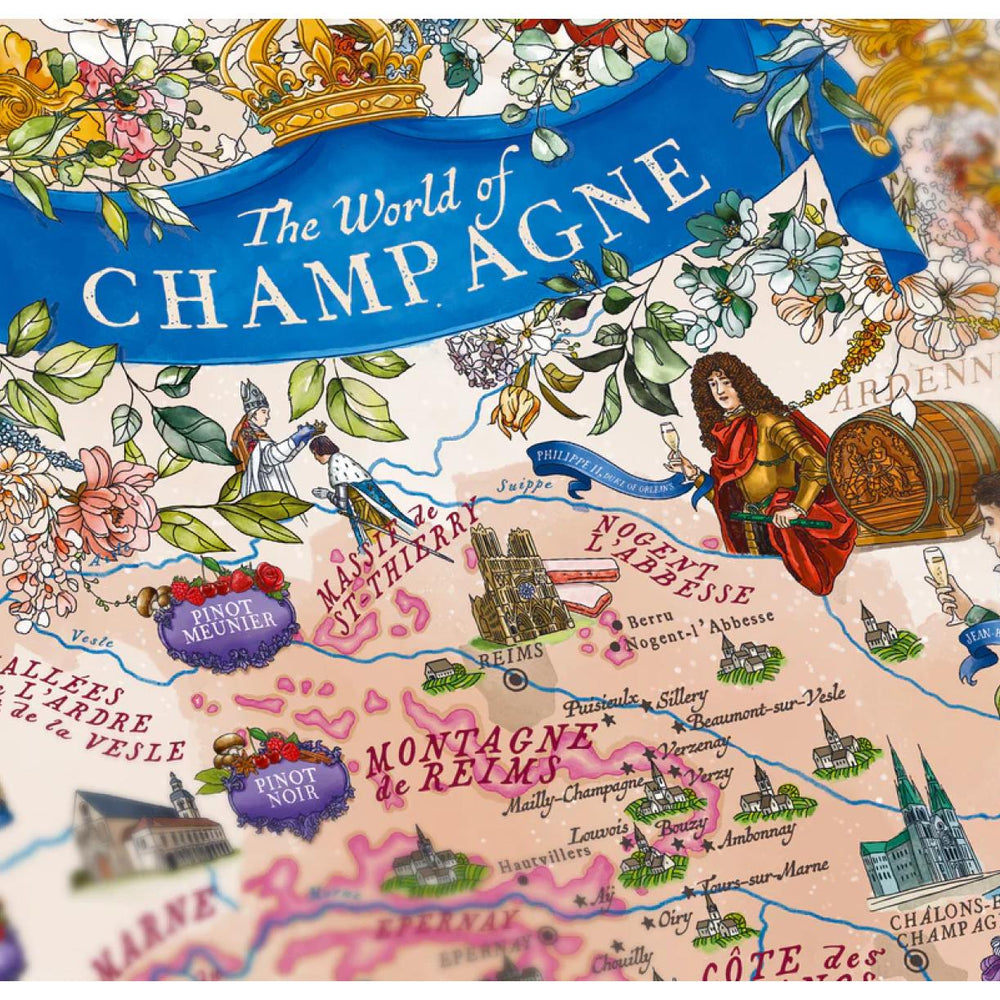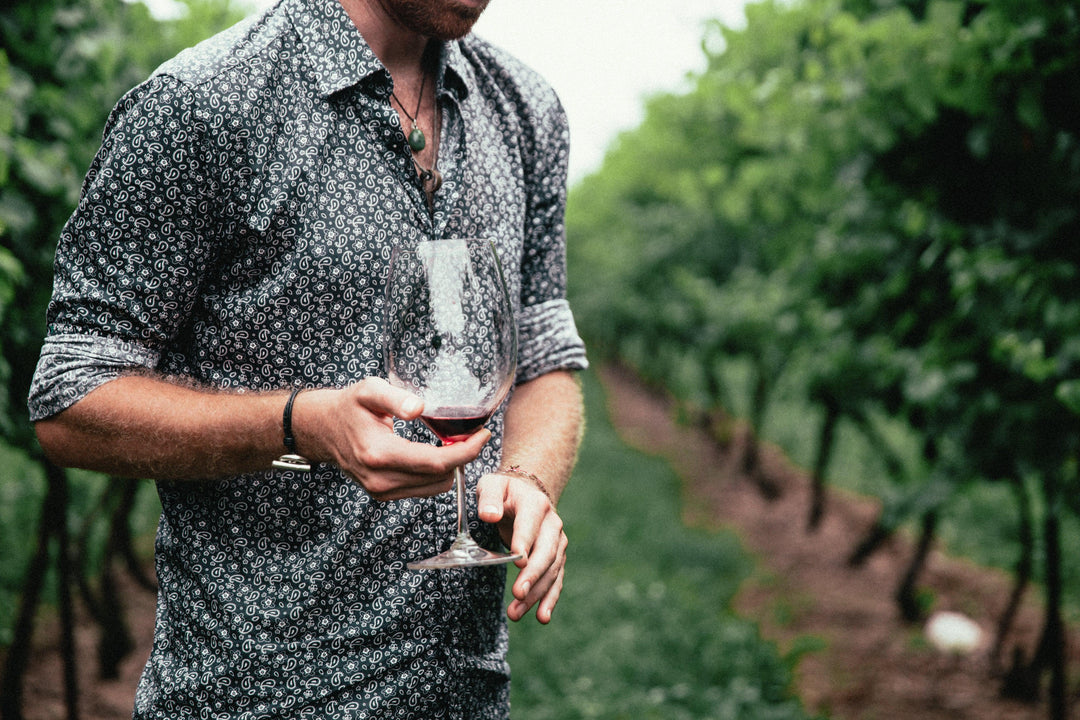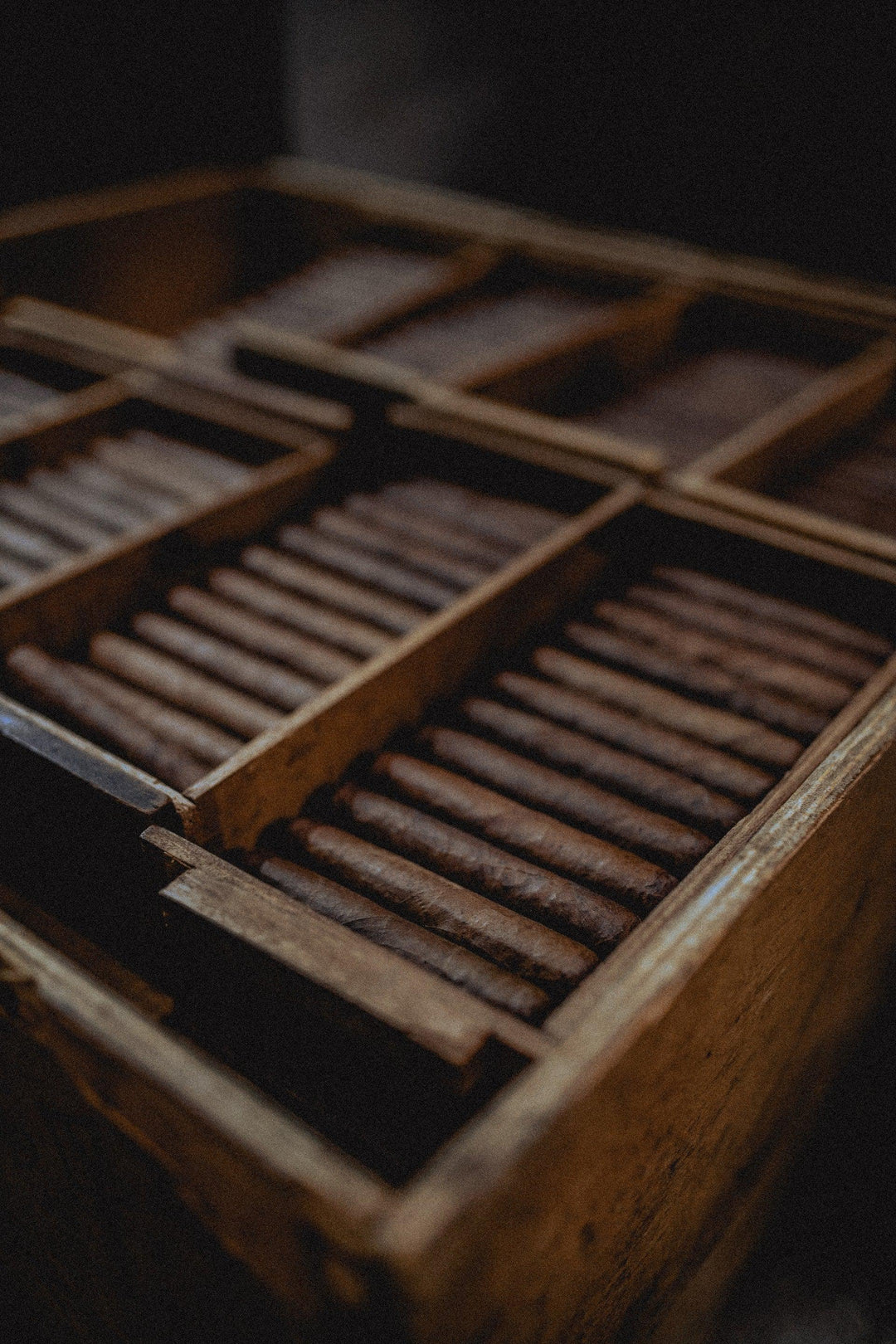Building a vocabulary of the palate no. 1157: cistus
 The flowering plant is not to be confused with the schist of Mas au Schiste country, and incidentally of Connemara, whence I am just back. Not so many vineyards up in Co. Galway just yet, though.
The flowering plant is not to be confused with the schist of Mas au Schiste country, and incidentally of Connemara, whence I am just back. Not so many vineyards up in Co. Galway just yet, though.


